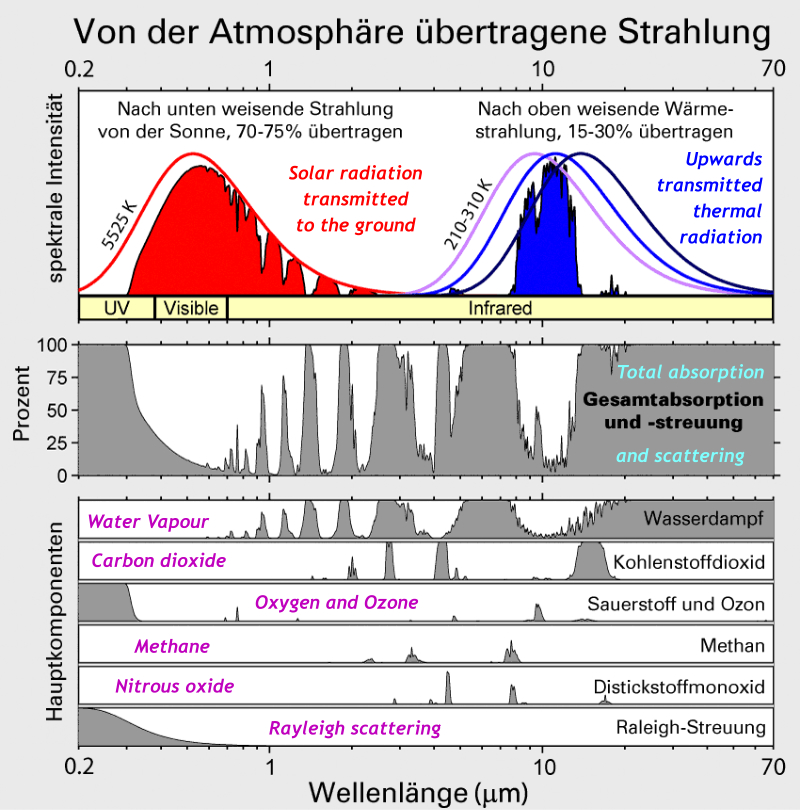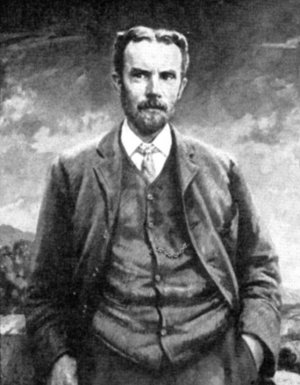 Betelgeuse, Gamow, and a Big Red Horse
Betelgeuse, Gamow, and a Big Red HorseThere has been a lot of talk recently of Betelgeuse possibly going supernova this century or not...
 Climate Change, the Walrus and the Carpenter
Climate Change, the Walrus and the CarpenterI have recently watched two videos on climate change by Sabine Hossenfelder. The first one...
 A Very Large Hadron Collider?
A Very Large Hadron Collider?Frontpage image: Illustration of spherical explosion (kilonova) of two neutron stars (AT2017gfo/GW170817)...













